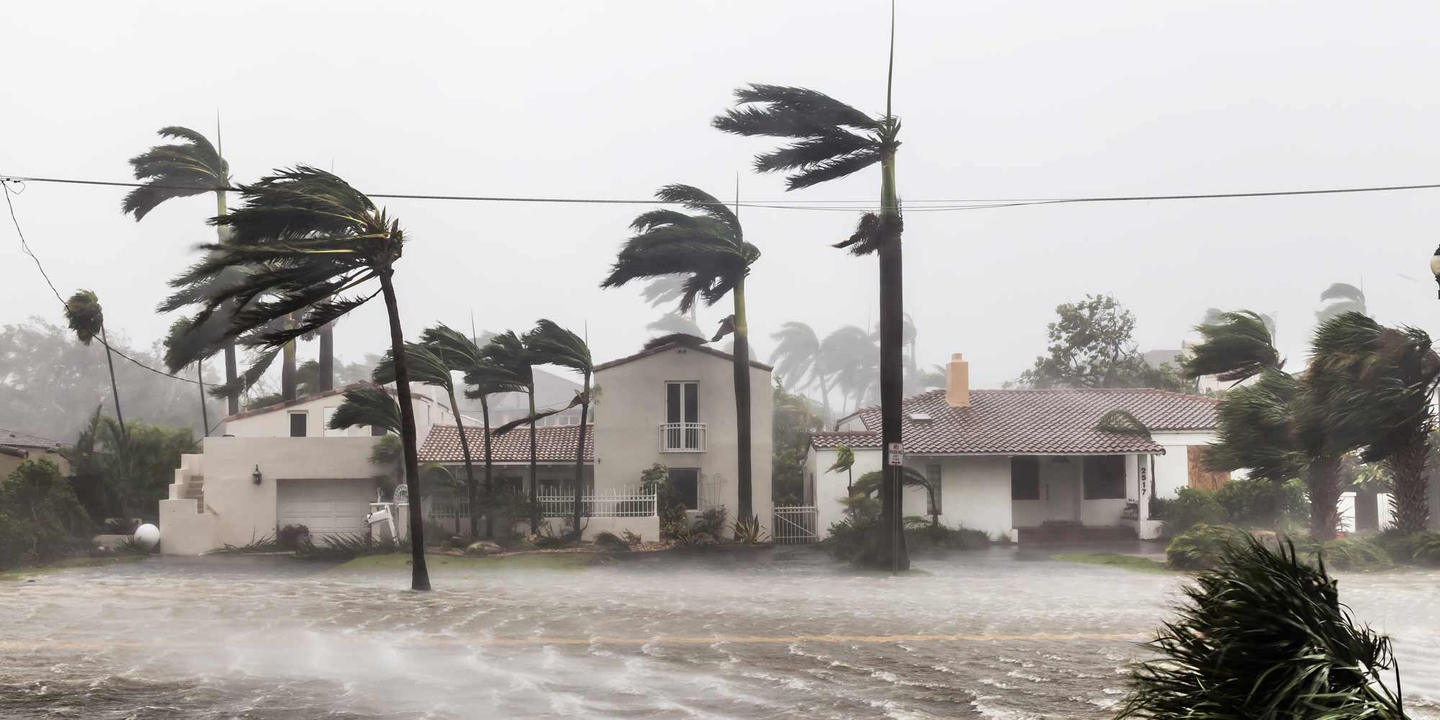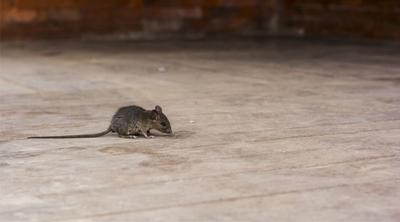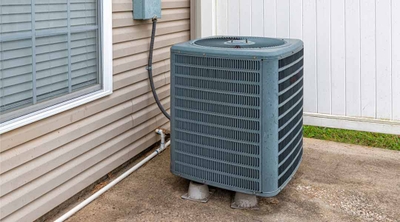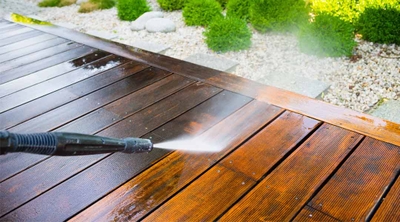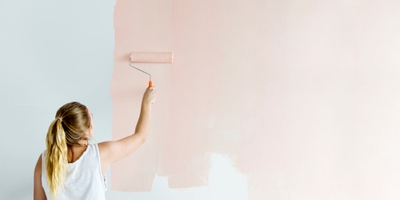What to do after a natural disaster
4 min read
What happens after a natural disaster? It’s natural to feel overwhelmed, but you can begin by attending to your safety and that of your loved ones. After that, the long road to recovery begins. Depending on the damage to your home and the homes in your area, it could take a year or more before you can restore your home. With a little preparation, you can make the process go as smoothly as possible.
Personal safety in a natural disaster aftermath
In a natural disaster aftermath, your first step is ensuring you and your loved ones are okay. If you or any of your family members have sustained an injury, seek medical help as soon as possible. Attending to your family’s emotional distress may also be an important priority. Be sure to take as much time as you need.
Be aware of missing persons
If anyone in your family is missing, contact local law enforcement. Other resources for missing persons include the National Missing and Unidentified Persons System (NamUs) and the National Center for Missing & Exploited Children (NCMEC).
Find a place to sleep
If your home is uninhabitable, seek shelter from a relative or friend outside the disaster area, in an emergency shelter, or within a community organization.
Secure food and clean water
In a disaster, water lines can break, and water sources can become contaminated. Food in contact with floodwater should be considered spoiled. Emergency sources of shelter can help with food and water as well.
If you can, you may also want to notify friends or family members outside the disaster area about your family’s situation. Aside from wanting to know that you’re safe, they may be able to help.
Home safety in a natural disaster aftermath
Depending on the circumstances of the disaster, you may not be able to get to your home immediately. Floodwaters, fallen trees, and damage to roads, power lines, and gas lines can prevent you from returning home to evaluate the situation. You may need to wait until local authorities deem it safe for you to return to your home.
Be aware of wild animals
Snakes, bears, raccoons, and other wildlife seek shelter during disasters. Some of them may choose your home. Be wary as you enter your home and sort through the debris inside. If you encounter wild animals, stay away from them. Instead, contact an animal control officer to deal with them.
Be aware of collapse potential.
If you notice cracks in the foundation, floors, walls, or ceiling, wait until a building inspector or similar professional can verify that your home is safe to enter.
Be aware of power and gas leak issues
If flooding has occurred, electrical devices and appliances may not be safe to use. Turn off the house’s utilities and main power breaker if you can do so safely. Don’t use any of these devices or appliances until an expert can confirm it’s safe to do so. If you enter your home and smell gas, leave immediately. Try to open a window before you go if you can do so safely and there’s no other ventilation. Then call your local gas company to report the leak.
If you can safely remain at the property, you can start taking the first steps to repair and restore your home. Learn more about remodeling your home after water damage.
Addressing damage to your home after a natural disaster
Don’t throw anything away that you’ll want to include in a potential homeowners insurance claim as you address the damage to your home and its contents after a natural disaster. Your insurance adjuster will need to see it to determine whether the claim will cover it. But if you’ve thrown the item away, the adjuster may not consider it. Before you file an insurance claim, there may be a few more urgent steps to take.
Take photos and videos to document the damage to your home and belongings as thoroughly as possible. Learn more about the documentation process to prepare for an insurance claim. Secure the property and take whatever steps are possible to prevent further damage from the elements due to wildlife, burglary, or theft.
If you have high-value items in your home and can’t secure them, you may want to move them to a trusted person’s home or storage space (if you have one or can get one). You might move your valuables regardless of whether the disaster event damaged the items regardless of whether the disaster event damaged the items.
Do what you can to help prevent mold from developing if your home sustains damage from a flood, which means removing everything damaged by water. Some things, like wood furniture, will need to dry out. Other things, like carpeting, will be unusable and should be removed and set aside for disposal. If you have power, add fans and turn on the heat or air conditioning as appropriate to help dry out the home as quickly as possible. Learn more about dealing with water damage and how to restore your home after flooding.
Once you’ve secured your property and its contents, contact your insurance company to begin the claims process. Learn more about preparing for a natural disaster insurance claim and how to file natural disaster claims.
What else to do after severe weather strikes
Recovering from natural disasters may take a long time. In addition to caring for your family, protecting your home, and working with your insurance adjuster, consider these additional measures.
- Save all your receipts: If you don’t have an expense receipt, that expense can’t be considered part of an insurance claim.
- Register for disaster assistance: The US Disaster Assistance Improvement Program (DAIP) assists people with more than 70 forms of potential disaster assistance across 17 federal agencies.
- Connect with assisting organizations: Groups like the Red Cross and the Salvation Army can help you through a severe weather emergency.
- Stay informed: Use a battery or solar or crank-powered radio to get relevant and urgent severe weather information in your area.
After a natural disaster, the resources we’ve mentioned here can be helpful as you begin to repair, rebuild and get your life back on track.
